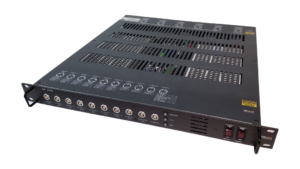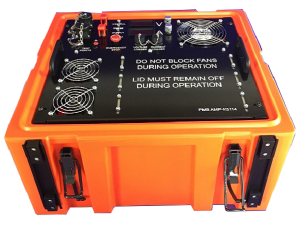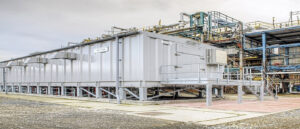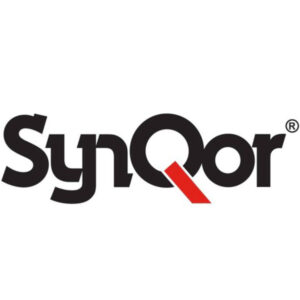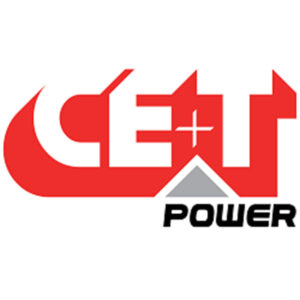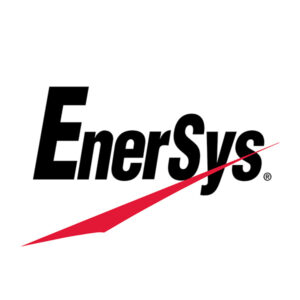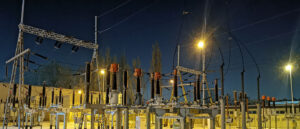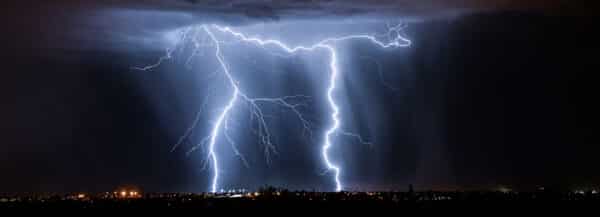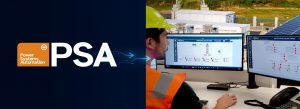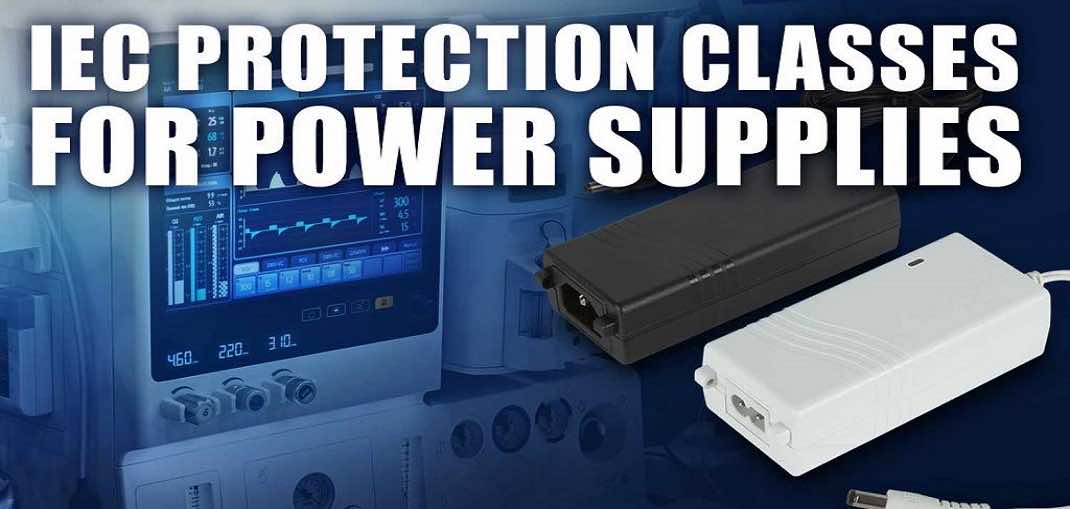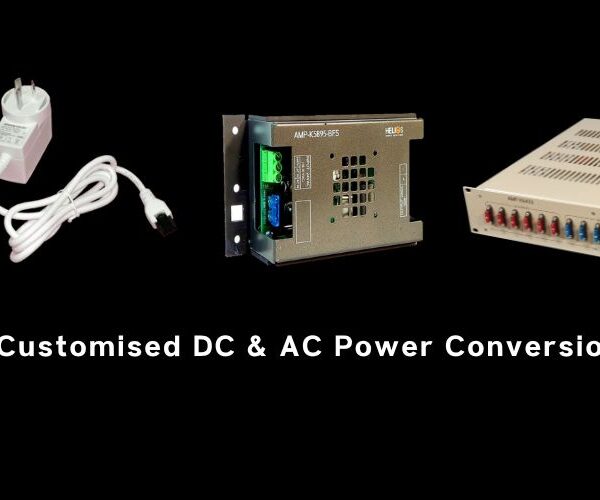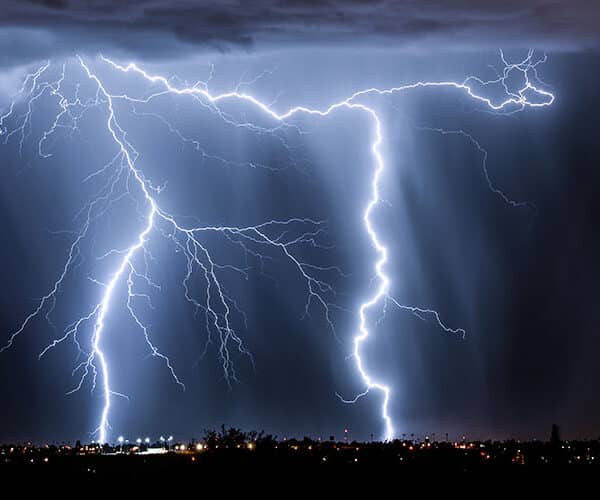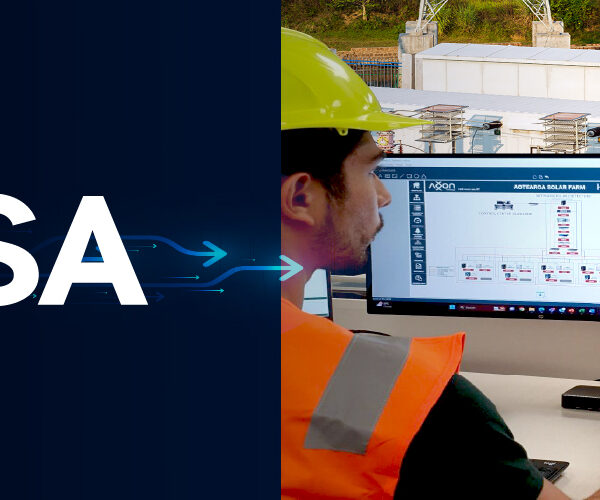Posted by Andrew Bryars on 05 Nov 2018
Power supplies fall into one of three protection classes based on the need, or not, for a protective earth connection:
- Class I – where user protection from electric shock is achieved through a combination of insulation and a protective ground.
- Class II – where user protection from electric shock is achieved through two levels of insulation (either double or reinforced)
- Class III – where the input is connected to a safety extra low voltage (SELV) circuit meaning no further protection is required.
It is important to note the distinction between a class II power supply as described above and a class 2. Limited Power Source (LPS) power supply which relates to the VA rating of the output being limited. A class 2 power supply has a maximum output VA rating of 100VA if the power factor is less than 0.9 or 100W if the power factor is above 0.9. In addition, the maximum allowable output current under any condition is 8A and the maximum output voltage under any condition is 30VDC. The requirements for a class 2 power supply meeting UL1310 are the same as one which meets the limited power source (LPS) requirements of UL60950-1 & UL62368-1.
Use of a class II external power supply is straight-forward with only a 2-core mains lead being required for safe operation as the difference between it and a class I product.
A class II component or open frame power supply needs no earth connection for safe operation, but the minimum distance from any live part to the enclosure must be observed whether the enclosure is conductive or not to maintain the two levels of protection needed against a single failure in the system.
While a class II power supply does not require a protective earth, some lower power class II products find applications in class I systems and some class II applications use a functional earth in the system. The class II supply is designed to meet EMC requirements for emissions and immunity, but if the output of the supply is connected to safety earth or a functional ground it will create a low impedance path for noise altering the power supply’s characteristic performance and it is likely that extra filter components will need to be fitted external to the power supply for emissions compliance.

